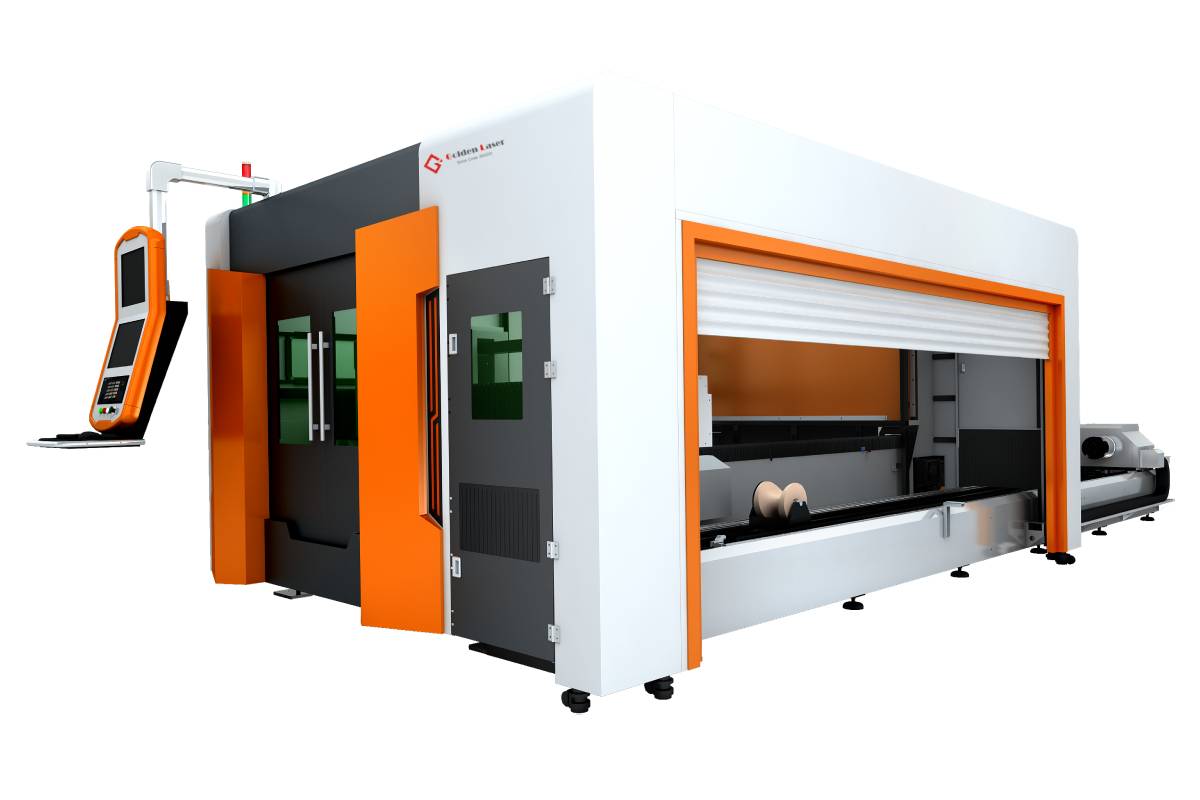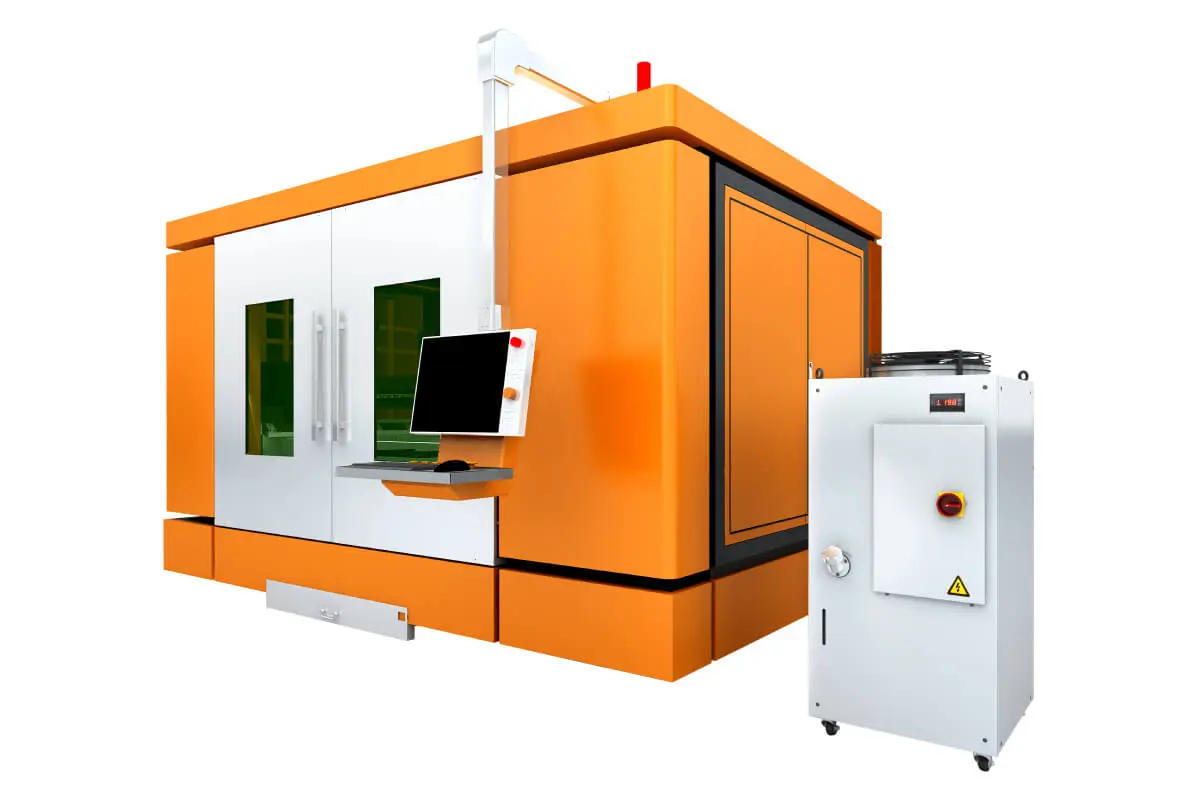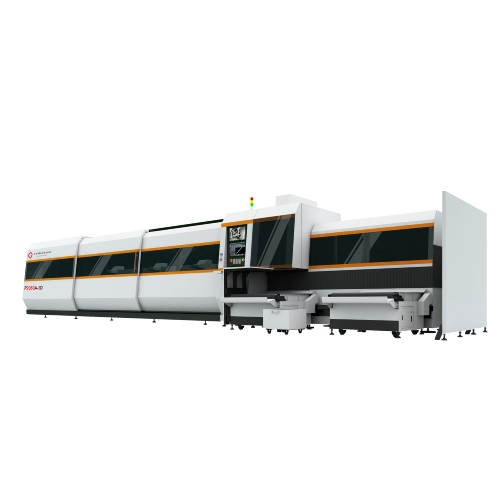In today’s fast-paced industrial landscape, the demand for precision, efficiency, and innovation is at an all-time high. One of the most transformative technologies that have emerged to meet these needs is the laser metal flat cutting machine. This advanced equipment has increasingly become an essential tool in various sectors, including automotive, aerospace, and general manufacturing. It is noteworthy not only for its cutting-edge technology but also for the significant benefits it provides across different applications.
The laser metal flat cutting machine operates on the principle of focused high-intensity laser beams, which can cut through various types of metals with incredible accuracy. Unlike traditional cutting methods, which can be limited by tooling and have longer production times, laser cutting allows for much greater flexibility. This flexibility translates into the ability to cut intricate shapes and designs with unparalleled precision, making it highly suitable for both prototyping and large-scale production.
One of the significant advantages of laser cutting technology is its speed. The laser can swiftly traverse the material, making it significantly faster than conventional cutting techniques such as plasma or waterjet cutting. This speed not only allows for higher production output but also reduces waste, making it an environmentally friendly option. By optimizing material usage and minimizing scrap, manufacturers can enjoy reduced costs while meeting sustainability goals.

Revolutionizing Precision Manufacturing: The Impact of Laser Metal Flat Cutting Machines on Modern Industry

Revolutionizing Precision Manufacturing: The Impact of Laser Metal Flat Cutting Machines on Modern Industry
Another benefit is the quality of the cut produced by laser metal flat cutting machines. Compared to other cutting methods, laser cutting yields a clean edge with minimal heat-affected zones. This results in less distortion of the material, reducing the need for secondary operations such as grinding or finishing. In an industry where quality control is paramount, having a cutting process that minimizes imperfections is a significant advantage.
Additionally, laser cutting machines are equipped with advanced software that integrates seamlessly with computer-aided design (CAD) programs. This integration allows for quick adjustments and modifications to be made to the cutting specifications. Manufacturers can easily update designs without the need for the extensive retooling often required by traditional cutting machines. As a result, companies can respond more rapidly to changes in market demand, giving them a competitive edge.
Moreover, the versatility of laser metal flat cutting machines is noteworthy. They can handle a variety of metals, including stainless steel, aluminum, and even exotic alloys, making them suitable for numerous applications. Whether it’s cutting sheets for automotive parts, creating intricate designs for architectural components, or fabricating structural elements for buildings, these machines can meet diverse manufacturing requirements effectively.

Revolutionizing Precision Manufacturing: The Impact of Laser Metal Flat Cutting Machines on Modern Industry
The implementation of laser technology in metal cutting also aligns with the trends in smart manufacturing and Industry 4.0. Many modern laser cutting machines come equipped with IoT capabilities and data analytics features, enabling real-time monitoring of production processes. This capability provides manufacturers with valuable insights into operational efficiency and maintenance needs, allowing them to operate with greater foresight and minimize downtime.
Despite these advantages, there are considerations to keep in mind when investing in laser metal flat cutting technology. The initial investment can be substantial, and it is essential for companies to assess their specific needs and expected return on investment. Furthermore, operating and maintaining laser cutting machines requires skilled personnel who understand both the technology itself and the complexities of optical systems and material properties.
In conclusion, the laser metal flat cutting machine is a game-changing technology in the realm of precision manufacturing. Its speed, efficiency, and versatility make it an invaluable asset for various industrial applications. As technology continues to advance, we can expect even more innovations in laser cutting capabilities that will further enhance production processes. Companies looking to compete in a fast-evolving market should consider integrating these machines into their manufacturing systems to reap the benefits of increased productivity and superior product quality. As industries continue to march toward greater automation and smarter production lines, the role of laser metal flat cutting machines will undoubtedly become even more prominent. Laser Cutting Machine Metal
